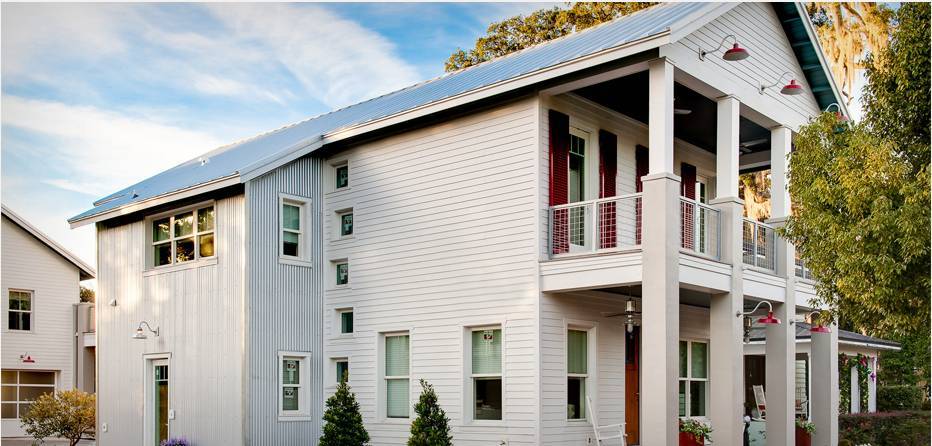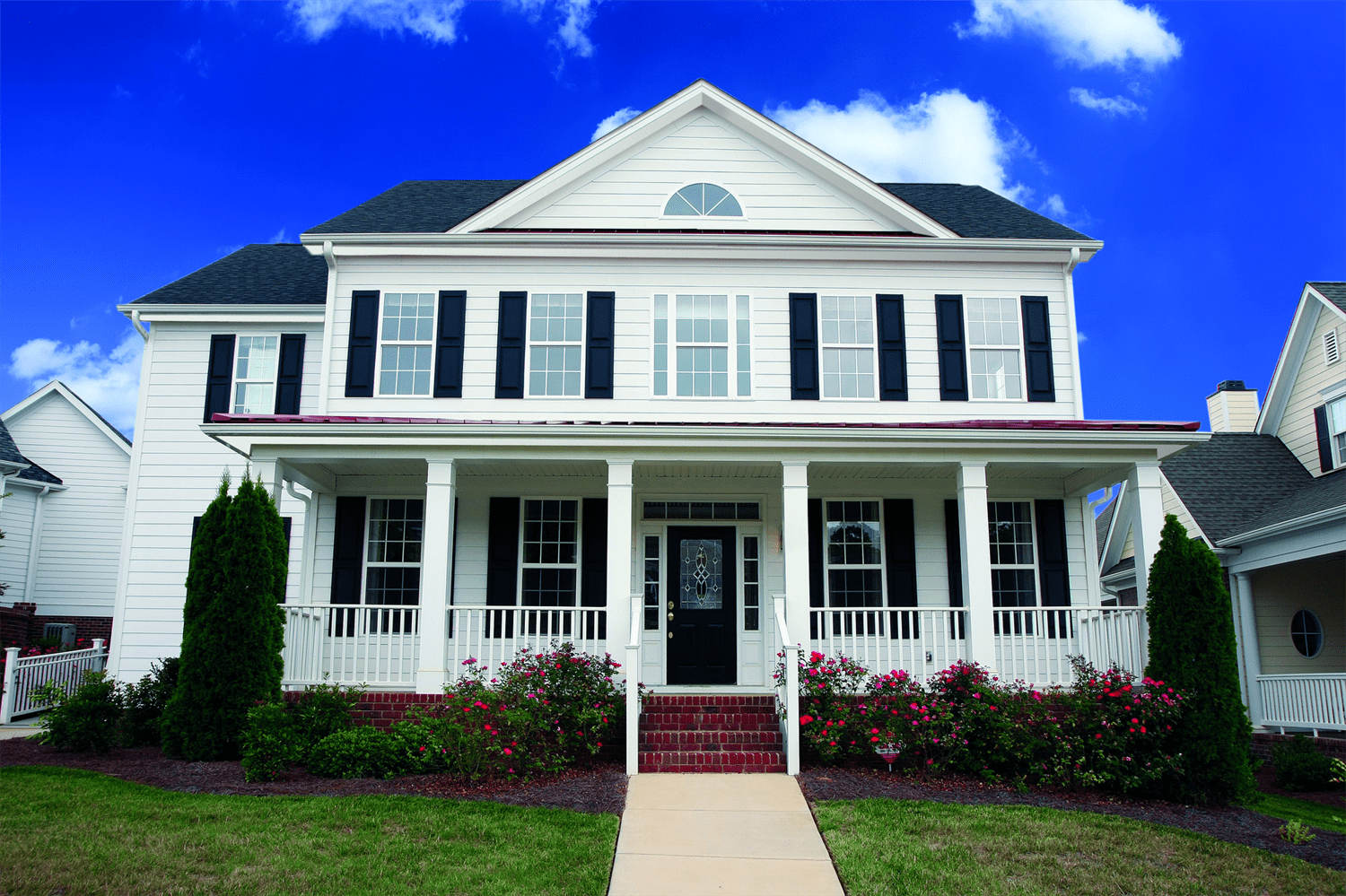Avoiding Pitfalls: The Most Common Mistake When Installing Vinyl Siding
Vinyl siding can be a fantastic choice for homeowners looking to enhance the aesthetics and durability of their homes. Its versatility, low maintenance, and cost-effectiveness make it a popular option across the country. However, as with any home improvement project, there are common pitfalls that many homeowners encounter during installation. In this article, we’ll explore “Avoiding Pitfalls: The Most Common Mistake When Installing Vinyl Siding,” shedding light on the critical aspects to ensure a successful vinyl siding installation.
Understanding Vinyl Siding
What Is Vinyl Siding?
Vinyl siding is made from polyvinyl chloride (PVC) resin and is used as an exterior cladding material for homes. It comes in a variety of colors, styles, and textures, making it easy for homeowners to find an option that suits their taste.
Benefits of Choosing Vinyl Siding
Common Misconceptions About Vinyl Siding
Many people believe that vinyl siding is only available in traditional styles. However, modern designs mimic wood grain patterns and come in various profiles—making it ideal for both contemporary and classic homes.
The Installation Process
Preparing for Installation
Before you even think about hanging vinyl siding, preparation is key. Measure your home accurately, choose the right type of vinyl siding, and gather all necessary tools.
Tools Needed for Installation
- Measuring tape
- Level
- Utility knife
- Hammer
- Nails
- J-channel
Avoiding Pitfalls: The Most Common Mistake When Installing Vinyl Siding
One of the most significant mistakes homeowners make when installing vinyl siding is improper fastening techniques. If not secured correctly, the siding may warp or detach over time due to temperature fluctuations or high winds.
Why Proper Fastening Matters
Proper fastening holds the panels securely in place while allowing them enough room to expand and contract with temperature changes—an essential factor in locations like Walnut Creek, CA.

Common Fastening Errors
Choosing the Right Type of Vinyl Siding
Types of Vinyl Siding Available
Each style has its own aesthetic appeal and application area; choose based on your home's architecture.
Color Selection Considerations
When selecting colors, consider the climate—darker shades absorb heat while lighter shades reflect it—impacting energy efficiency.
Preparing Your Home's Exterior
Inspecting Your Existing Exterior
Before installation begins, inspect your home’s current exterior for damage or rot that might affect the new siding's performance.
Removing Old Siding
If you're replacing old siding, ensure it's entirely removed before installing new vinyl to avoid complications down the road.
Installation Techniques That Work
Starting with a Strong Foundation
Always begin at the bottom! Install starter strips correctly as they lay the groundwork for everything above them.
Using J-Channels Correctly
J-channels are necessary around windows and doors; improper placement can lead to leaks and other issues.
The Importance of Ventilation
Why Ventilation Matters in Vinyl Siding Installation
Adequate ventilation helps prevent moisture buildup behind the siding which could lead to mold growth or structural damage over time.
Best Practices for Ensuring Ventilation
Consider incorporating vents into your installation plan if your home lacks sufficient airflow around crucial areas like attics or basements.
How Weather Impacts Installation Choices
Timing Your Installation Wisely
Late spring through early fall is typically ideal for vinyl siding projects in Walnut Creek due to favorable weather conditions.
Adjustments for Extreme Temperatures
In extremely hot or cold weather conditions, adjustments may be necessary during installation—such as ensuring proper expansion gaps are left between panels.
Maintaining Your New Vinyl Siding
Routine Cleaning Tips
To keep your vinyl siding looking fresh:
- Use mild soap with water.
- Rinse thoroughly after cleaning.
Identifying Damage Early On
Regular inspections can reveal cracks or fading; addressing these issues promptly will extend your siding's life span significantly!
FAQs
1. What is the lifespan of vinyl siding?

2. Can I install vinyl siding over existing wood?
Yes! But proper preparation must be done beforehand; ensure no moisture issues exist beneath old materials first!
3. How do I know if my vinyl needs replacing?
Look for fading colors, cracks in panels or warping—all signs it may be time for replacement!

4. Is professional installation worth it?
While DIY is possible with careful planning & execution; hiring professionals ensures correct methods are used throughout every stage!
5. Can I paint my vinyl siding?
Technically yes—but using paints designed specifically for PVC is advised if you go this route!
6. How often should I clean my vinyl siding?
Aim for an annual cleaning schedule; more frequent washes may be needed in dusty areas or regions prone to mold growth!
Conclusion
In conclusion, when approaching "Avoiding Pitfalls: The Most Common Mistake When Installing Vinyl Siding," understanding proper installation techniques cannot be overstated! From securing panels correctly to preparing your home's exterior adequately—these steps ensure longevity from one of today’s most popular cladding Quality siding installation in Walnut Creek options! If you're considering a project in Walnut Creek CA., remember these insights will not only help you avoid costly mistakes but also achieve a beautiful finish that enhances curb appeal without breaking the bank!